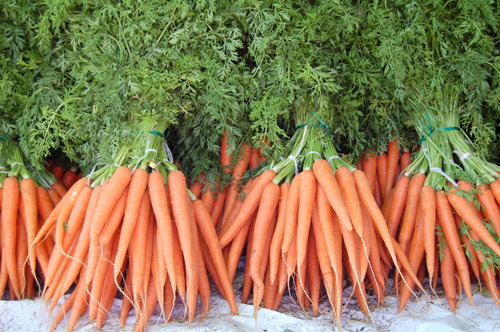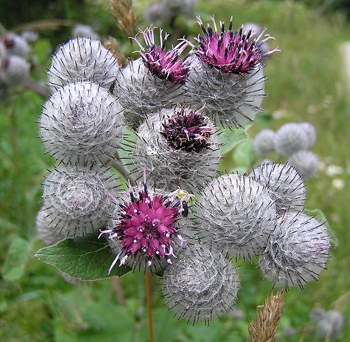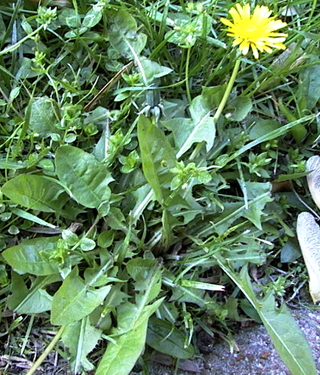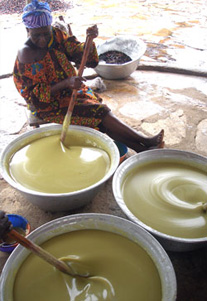
Carrots are actually the root of a plant that grows 2 to 4 feet tall. This familiar orange vegetable is generally cultivated throughout the world as a dietary staple, according to Medicinal Herb Info. But carrots offer a number of health benefits, including the ability to help lower blood cholesterol. WHFoods.org warns you not to eat too many carrots, or you could develop a condition known as carotoderma, where your skin turns a yellow or orange color. Before you begin to eat carrots to lower your cholesterol, consult your health care provider.
Cholesterol Explained
Cholesterol consists of two forms of a waxy substance in the bloodstream, reports MedLinePlus. Some is needed for normal functioning, but too much of the wrong kind can lead to serious health conditions such as cardiovascular disease and stroke. The “good” cholesterol, or HDL, is helpful in getting rid of too much of the “bad” cholesterol, or LDL, in the bloodstream. If the LDL levels become too high, it can stick to the walls of the arteries and build up. Eventually, this accumulation can cause blockages. Exercising more and eating healthy foods such as carrots can help lower your cholesterol levels.
Carrot Nutrition
Carrots are naturally rich in nutrients without adding a lot of calories to your diet. Just one cup of raw carrots gives you less than 53 calories and less than 3 calories from fat. Raw carrots contain no cholesterol and are loaded with fiber. Other important nutrients you get with carrots are Vitamins A, B1, B2, B3, B6, B12, C, D, E, K, potassium, magnesium, and calcium, according to WHFoods.org.
How to Use Carrots in the Diet
Although the more common ways of getting the cholesterol-lowering effects of carrots such as eating raw or juicing them are good, now there’s another way to incorporate carrots into your diet. When you put raw carrots through a juicer to make carrot juice, most of the fiber and some of the nutrients are left behind in the pulp. Nutra-Ingredients-USA.com tells us that finding ways to use this pulp in the diet could pay off in lower cholesterol. Using carrot pulp is able to reduce overall cholesterol levels. When using the pulp, the HDL cholesterol is reduced by 20%, but the LDL cholesterol was reduced much more.
Particle Size Matters
Carrots offer the ability to help lower cholesterol levels, but when the particle size of the carrots are reduced, they are even more effective. Researchers at Cheng Ching Hospital in Taichung, Taiwan, discovered this fact when studying carrots’ cholesterol lowering effects in laboratory tests. They suggest finding ways to break up the carrots you eat into much smaller particles using such methods as emulsification. Some of the “higher end” blenders are also able to emulsify fruits and vegetables by breaking them down into very small particles so they can be drunk, instead of eaten and would be an example of a way to get more potency from carrots. These results can be read in the November 2008 issue of “Journal of Agricultural & Food Chemistry.”
Carrot and Cholesterol Research
Carrots have been shown to help lower cholesterol levels, but they are also beneficial in reducing your body’s absorption of cholesterol in your diet. This means that less of the cholesterol in your diet would become artery-blocking cholesterol in your blood. Research performed at Vilmorin, Clause & Cie in Chappes, France, revealed this additional benefit. In addition, this animal study was able to help connect the daily consumption of carrots to a lower risk of cardiovascular disease and atherosclerosis, or hardening of the arteries. More research needs to be done to confirm this effect on humans. The results of the study were published in the August 2004 edition of “European Journal of Nutrition.”


